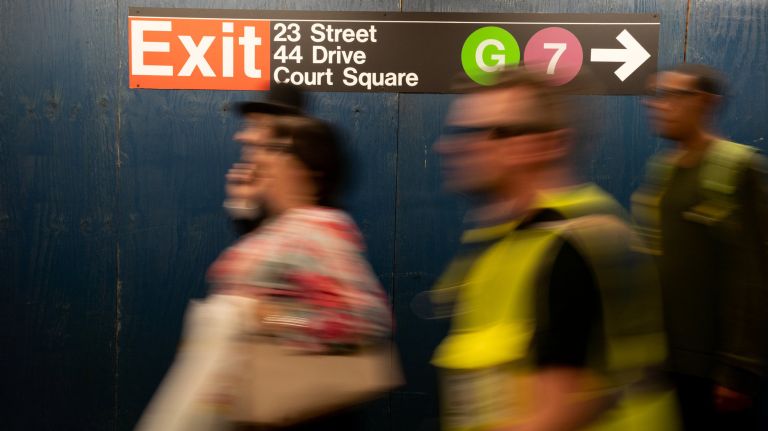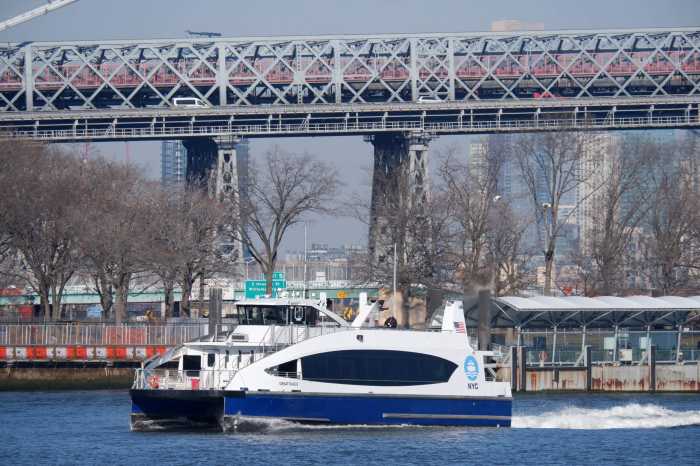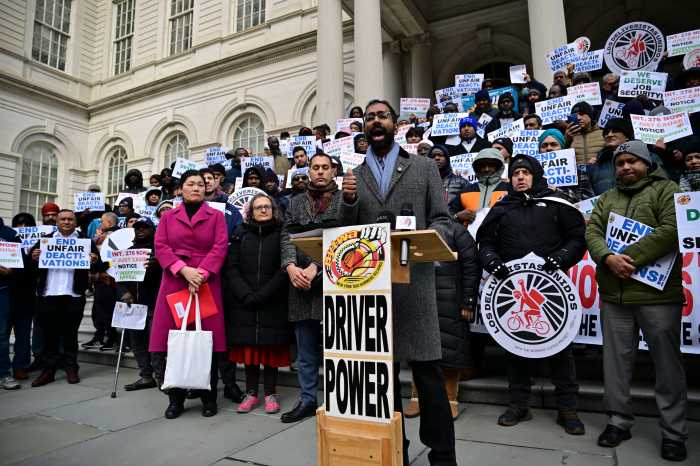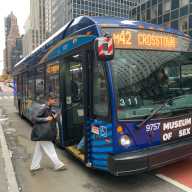
Two MTA board members are raising cybersecurity concerns following an admission by the MTA that a computer bug was responsible for derailing service on most numbered lines Friday evening.
NYC Transit president Andy Byford on Monday said a computer bug infected the technology that helps guides trains through the subway’s numbered lines, bringing service to a halt for nearly 90 minutes on Friday across the 1, 2, 3, 4, 5, 6 and Times Square shuttle lines.
Byford insisted that the bug was not the result of outside tampering, but was tight-lipped on further details due to security concerns around the software.
“We understand what this issue is … there’s no suspicion that this was [sic] a virus, and there’s definitely no suspicion or a concern that this was in any way a law enforcement issue, a terrorist issue, some sort of hacking or cyberattack. That is not the case,” Byford said at a morning board meeting.
But Larry Schwartz and Linda Lacewell, two board members appointed by Gov. Andrew Cuomo, wanted more information on the failure. Lacewell, who also serves as superintendent at the New York State Department of Financial Services, asked for an “executive session” briefing on cybersecurity.
“I’m sure everybody did whatever they could once the problem hit but … we own our own cybersecurity, and it behooves us to make sure whatever outside experts are … checking the system across the board, [that] we have best practices,” she said.
Schwartz requested that MTA Inspector General Carolyn Pokorny investigate the issue on Friday and the technology, known as Automated Train Supervision, or ATS, more broadly.
“I think it warrants us to ask the inspector general to get involved and investigate this as well, and find out from that office’s perspective what’s going on,” Schwartz said. “We just need as many hands on to look at this issue so that it doesn’t occur again.”
Pokorny’s office, which operates independently of the MTA and its board, did not immediately respond to a request for comment as to whether it will launch an investigation.
Automatic Train Supervision has plagued subway service for at least a month, according to internal incident reports obtained by amNewYork. The technology’s failure contributed to at least 13 separate incidents that collectively delayed more than 300 trains since June 13, according to the reports.
When asked about those incidents, Byford described most of them as “run-of-the-mill” though he did direct an investigation into another major ATS-related service outage that occurred on Saturday, July 6, which delayed 61 trains, according to the report on that failure.
Byford said the MTA found the incident to be “entirely separate” from Friday’s meltdown and attributed it to an errant digit in millions of lines of computer code.
“One digit, one illegal character, for whatever reason caused an illogical command to be given,” Byford said.
In both instances, the subway signal system remained online, Byford said. But without ATS functioning, crews in the MTA’s Rail Control Center could not locate trains through the system, which means that the authority must halt all train movement.
Byford said the MTA is combing its code to make sure other bugs aren’t present and is working to determine how the errant digit made its way into the code.
Tim Minton, a spokesman for the MTA, defended ATS in a statement as an "increasingly reliable control system for signals" and said that as the authority updates its signal technology, ATS will only become more reliable.
“Like any software-reliant program, ATS is subject to periodic maintenance issues,” Minton added. “With such a large and complex system, numerous upgrades and maintenance activities are ongoing at any given time.”







































